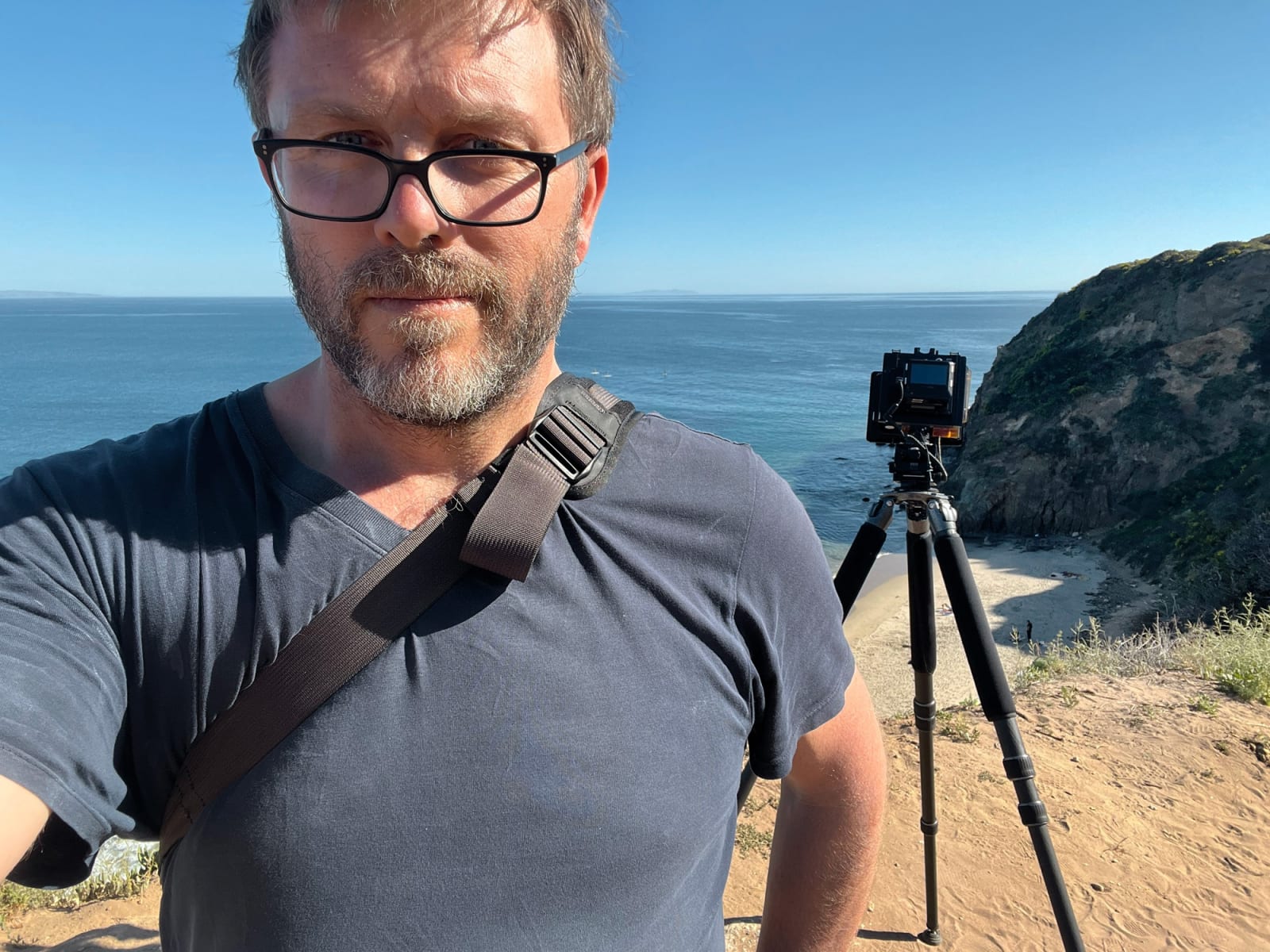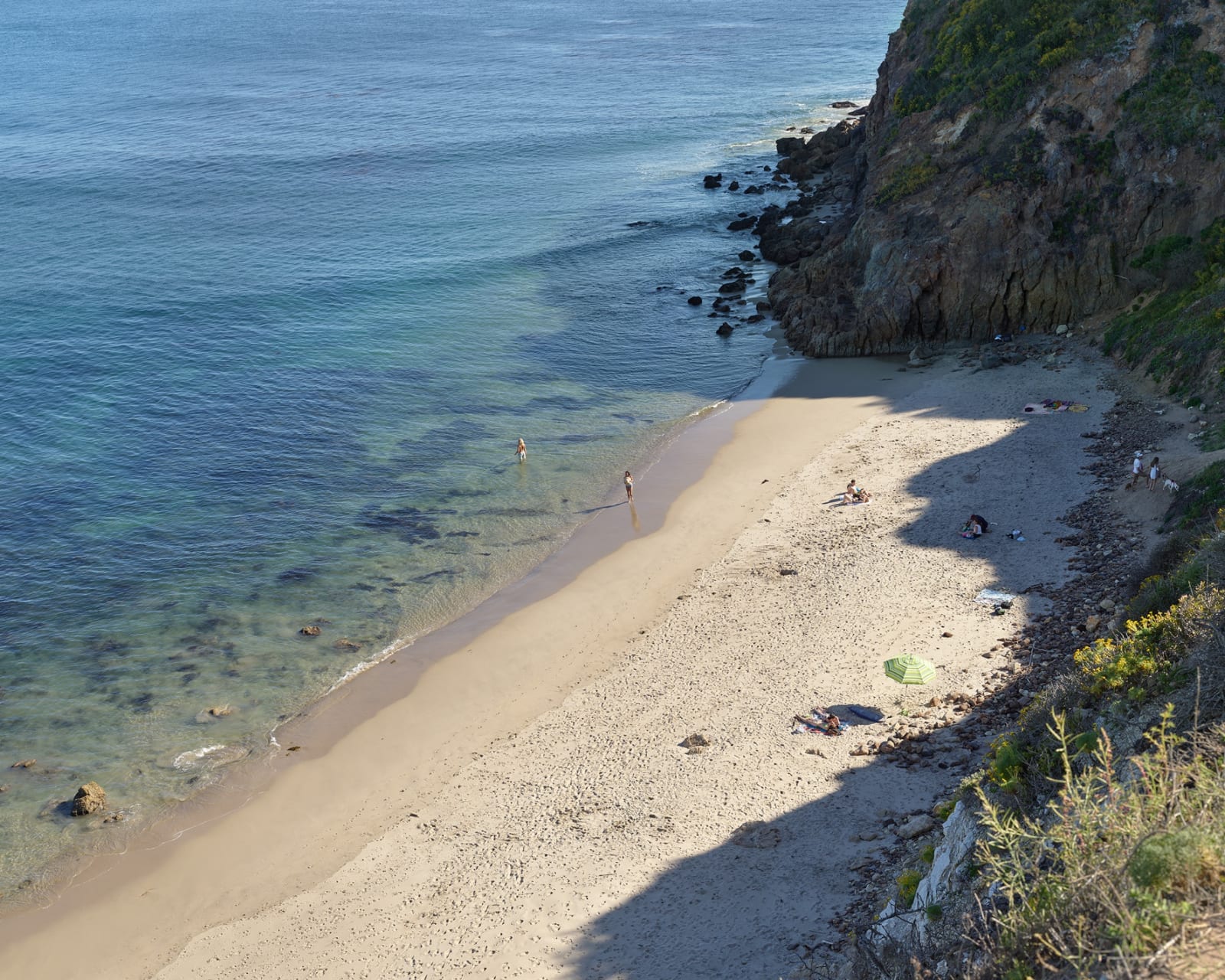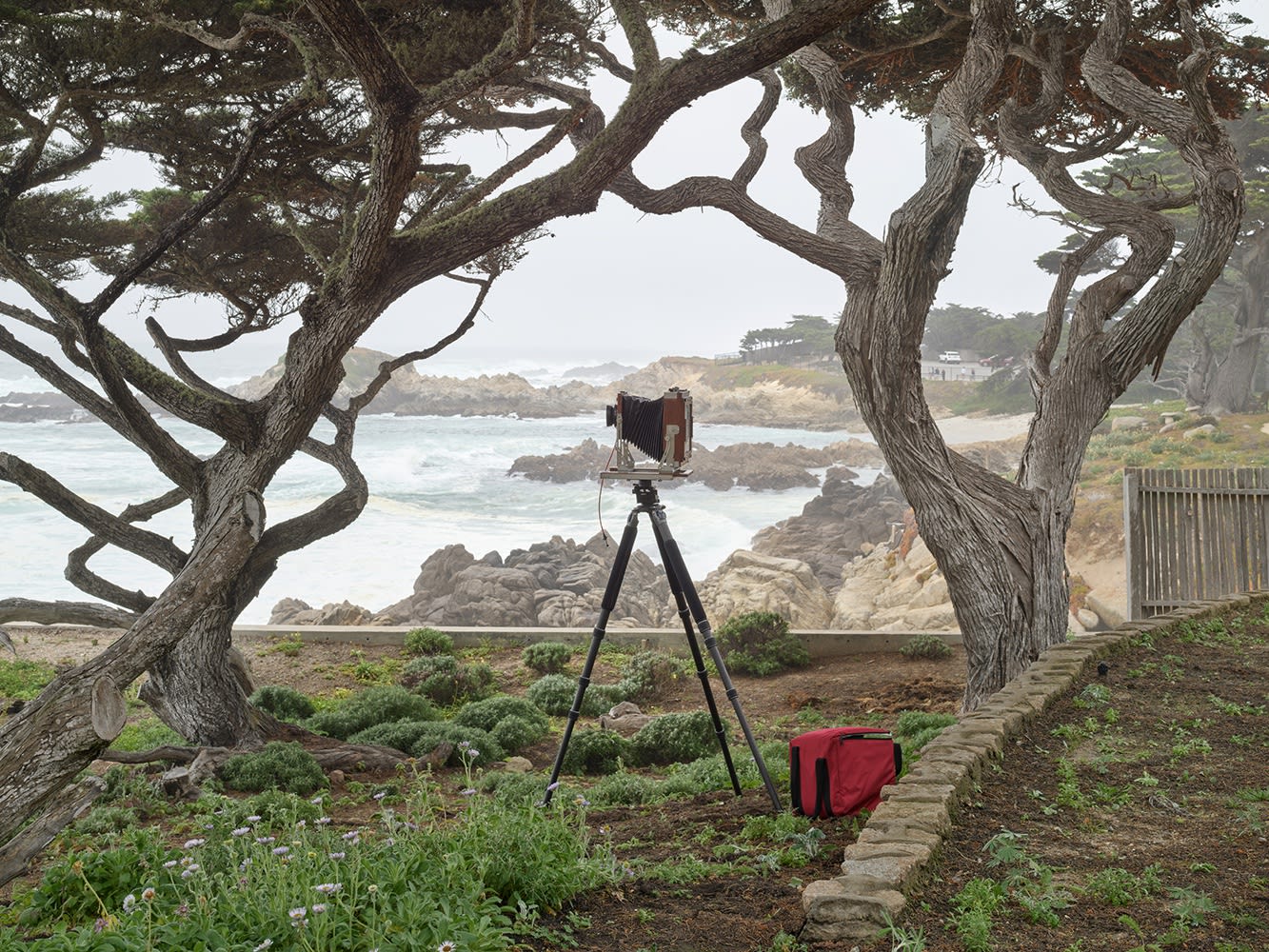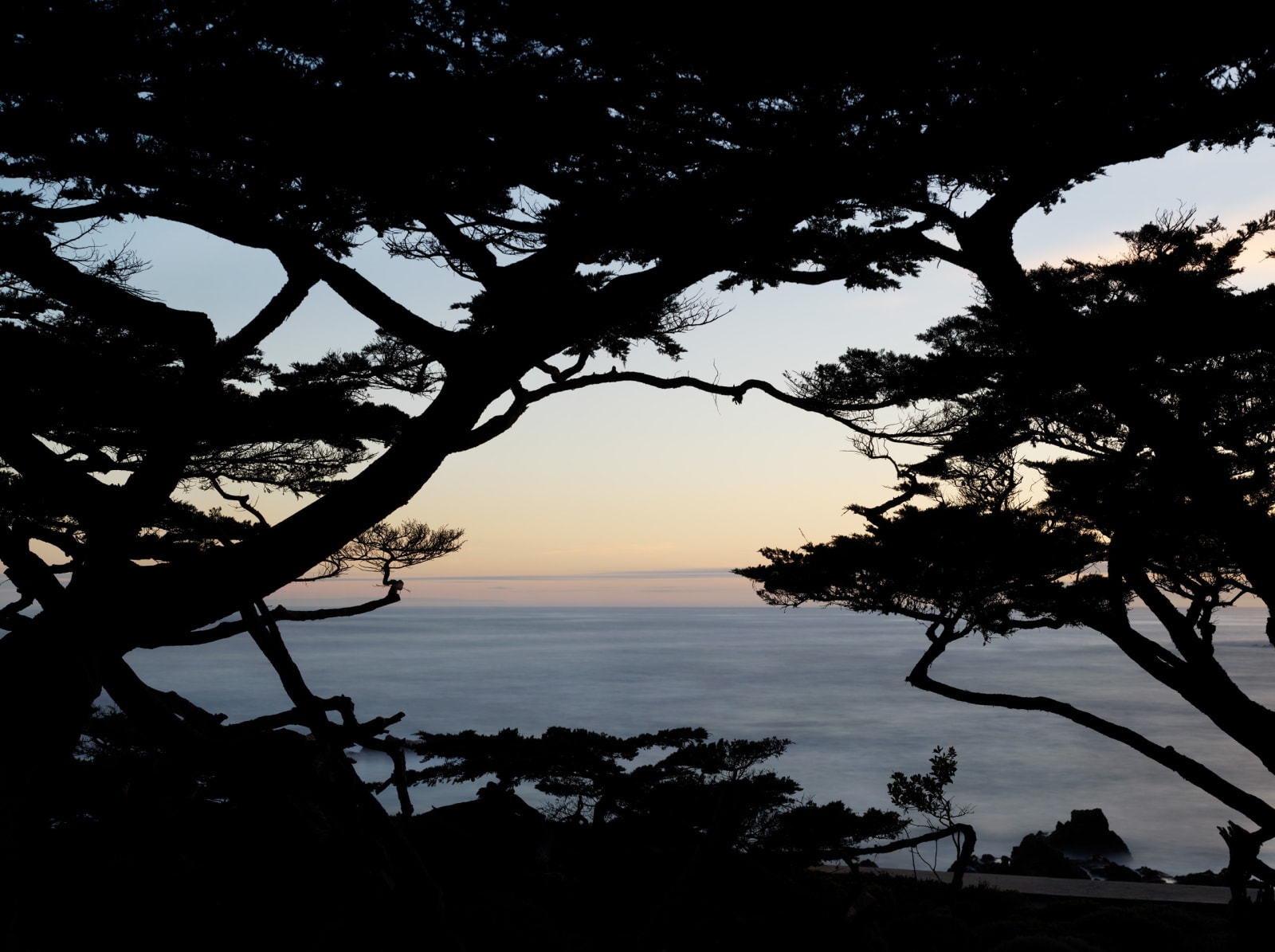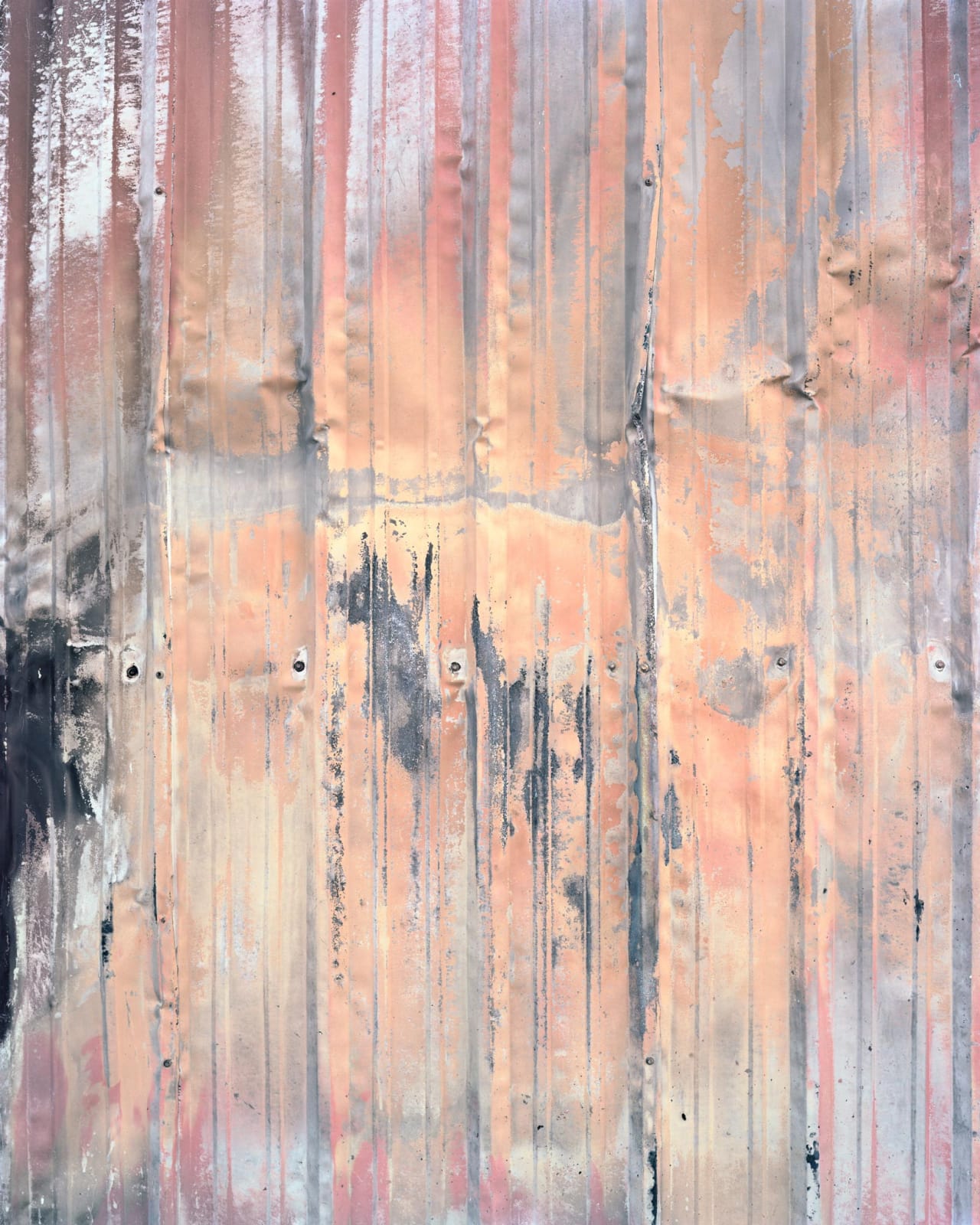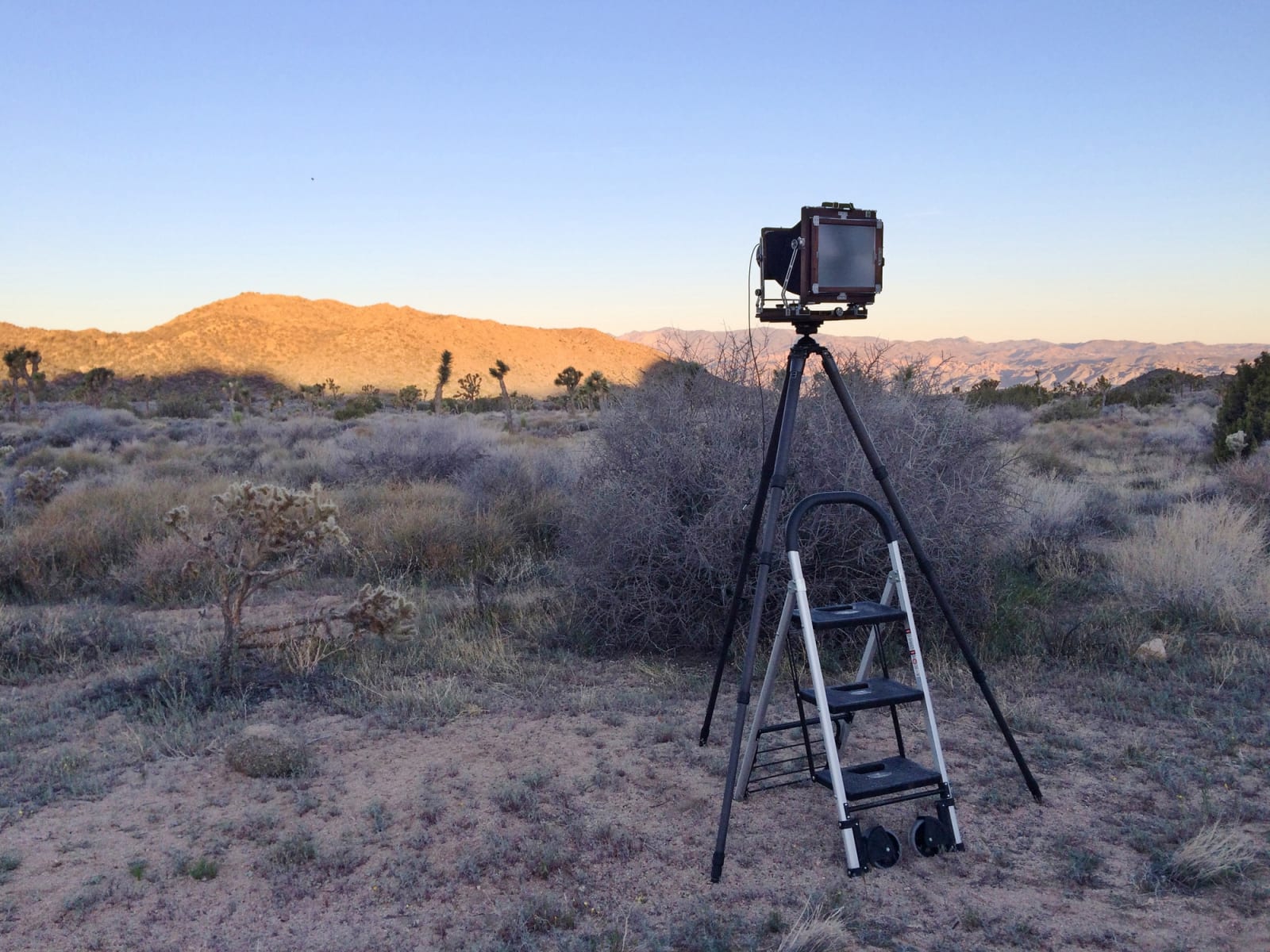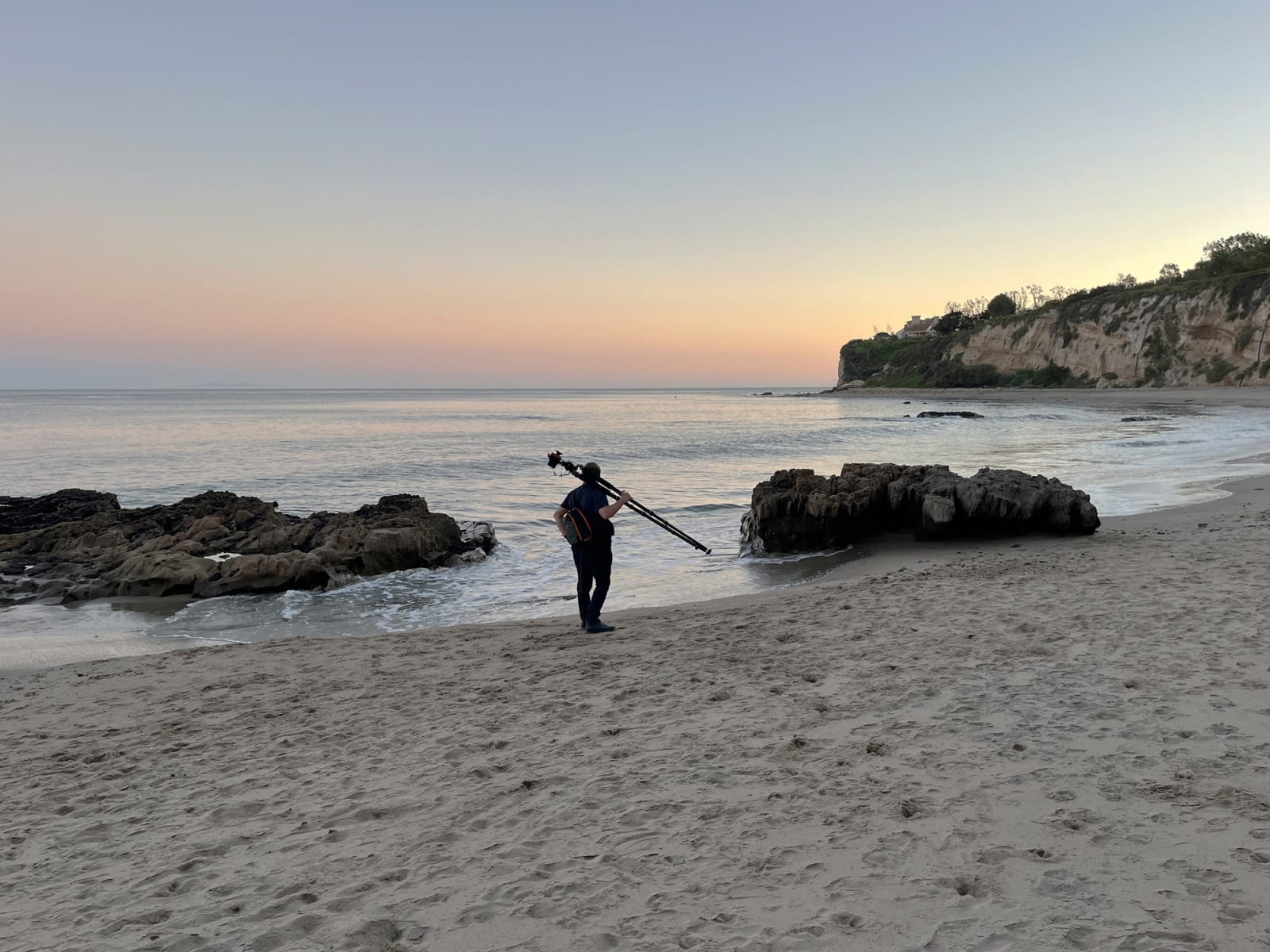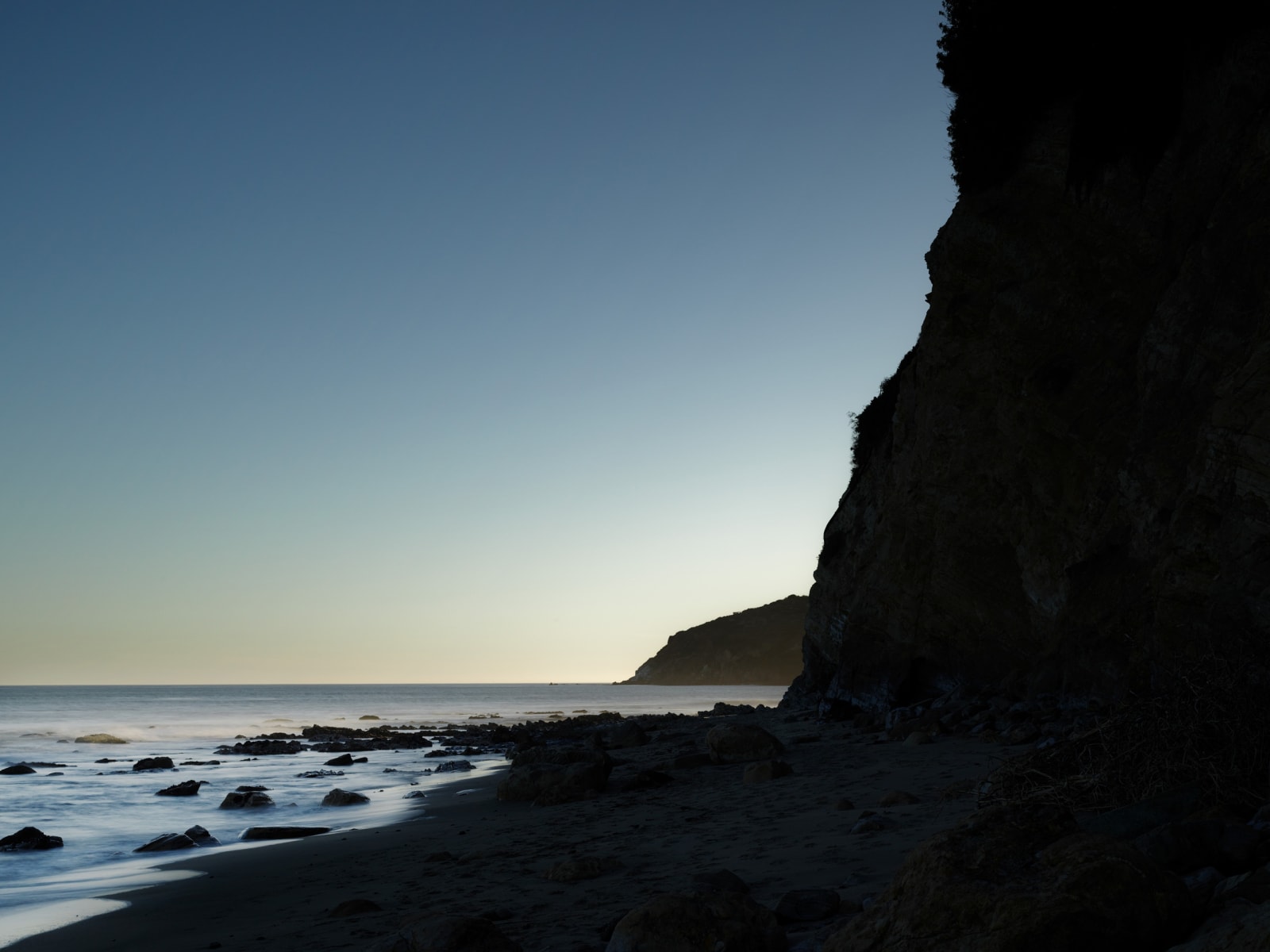Michael Gaillard is based in Hastings-on-Hudson, NY, where he lives with his wife, Brett, and their two sons, Sam and Max. Educated at Stanford (BA, Visual Art) and Columbia (MFA, Visual Art), Gaillard has become known for his landscape photography while also using that practice as a catalyst for questions about the narratives we construct, the images we produce, and the marks we leave behind. Engaging with the landscape as both subject and metaphor, Gaillard employs the technical precision of his camera and experienced eye to isolate and represent symbols rich with contradictions, bending the space between the real and the represented, the screen and the projection, while emphasizing the tension between human influence and nature’s resilience. His approach considers photography not just as a means of representation but as a framing device—an act of selection and omission that both constructs and questions meaning.
With the proliferation of the image as a defining characteristic of our time, viewers are inclined to place themselves in relation to any image. What is this? Where is this? Who is this? How does this relate to my experience? Yet Gaillard's images rarely answer. When they do, they often mislead or deny complete understanding, hovering in the space between a finite known and some essential unknown, just out of reach. Drawn to the places where artifice and nature collide, his work resists easy interpretation, instead inviting deeper reflection on the marks we leave behind, the stories we write and overwrite, and the endurance of the natural world in the face of our hubris. This tension between control and surrender—between imposing order and yielding to forces beyond one's control—is an underlying thread in his work, mirroring the processes shaping both landscapes and perception itself.
Gaillard’s sustained presence in the landscape reflects his broader artistic inquiry, where perception deepens through a meditative and almost trance-like focus. His compositions are guided by an organic intelligence—like tree branches seeking light—balancing instinct and structure to create clarity while suggesting spaces beyond the visible frame. Subtle details—often overlooked yet rich with symbolic weight—become points of resonance within the image. As he navigates formal, technical, and creative boundaries, these limitations transform into catalysts for expanding both vision and technique, gradually refining and assimilating into his evolving practice. Just as the landscape can exist as a layered record of place and transformation over time, his photographs function as an archive of perception—each image not a fixed endpoint, but a point of departure in an ongoing and evolving inquiry. The resulting works—whether landscapes, abstractions, or commissioned pieces bound to specific geographic constraints—serve as an evolving archive from which Gaillard extracts meaning, motivation, and the beginnings of new threads of inquiry.
